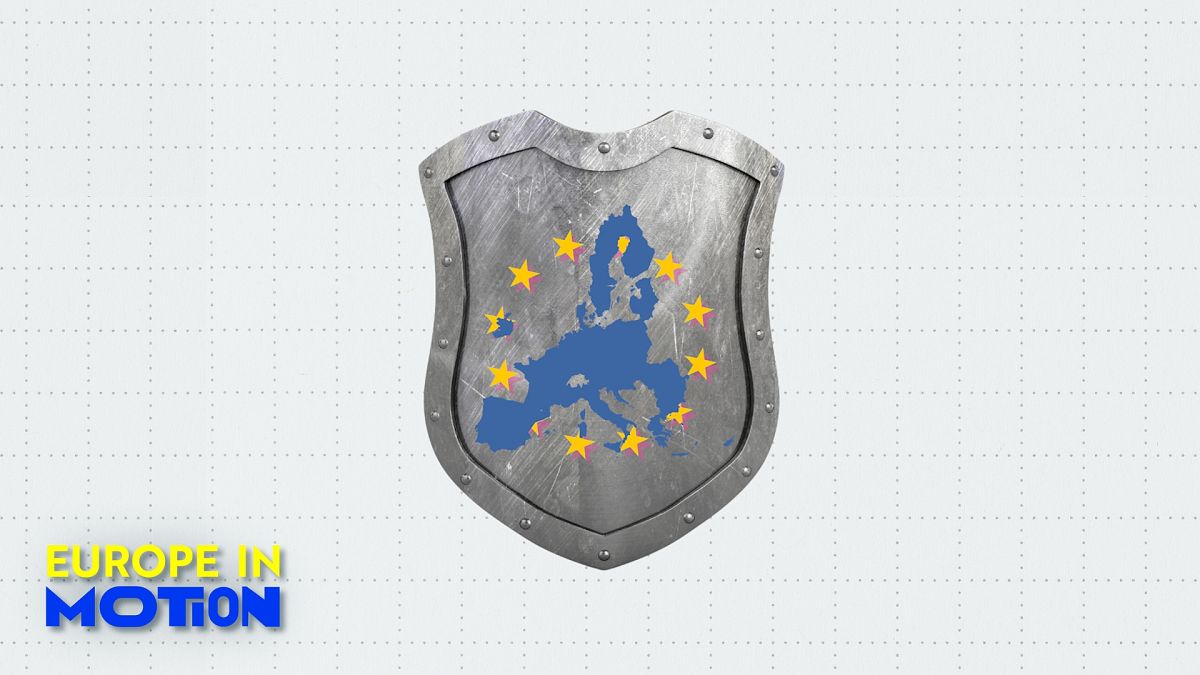Europe
How many non-EU citizens were under temporary protection at the end of 2024?

The European Union’s Response to the Ukrainian Refugee Crisis: A Humanitarian Effort
The Russian invasion of Ukraine in 2022 triggered one of the largest refugee crises in modern history. millions of Ukrainian citizens were forced to flee their homes in search of safety and security. The European Union (EU) has played a critical role in providing refuge to these displaced individuals, with Germany emerging as the leading EU country in welcoming non-EU citizens fleeing the conflict. This response highlights the key aspects of the crisis, the EU’s efforts to provide temporary protection, and the human stories behind the statistics.
Germany’s Leading Role in Welcoming Ukrainian Refugees
Among EU countries, Germany has been the most welcoming nation for non-EU citizens fleeing Ukraine. By December 2024, nearly 4.3 million non-EU citizens who escaped the conflict had temporary protection status in the EU. Germany accounted for 27.3% of this total, making it the EU country with the highest number of beneficiaries under this program. Other EU countries, such as Poland and the Czech Republic, have also played significant roles, hosting 23.3% and 9.1% of the total, respectively. The influx of refugees has placed immense pressure on these countries, but it also reflects their commitment to providing a safe haven for those displaced by the war.
Challenges and Trends in EU Refugee Host Countries
The EU observed a 0.6% increase in the number of people under temporary protection between November and December 2024, with an additional 25,590 individuals registered. Germany, Poland, and the Czech Republic experienced the largest increases, with 8,830, 3,705, and 3,435 more people under temporary protection, respectively. However, not all EU countries saw an increase; Denmark, Italy, and France experienced a decrease in the number of beneficiaries. The strain on resources and infrastructure has been unevenly distributed, with some countries shouldering a greater burden than others. Despite these challenges, the EU’s collective response has been critical in managing the crisis.
Who Are the People Fleeing Ukraine?
The vast majority of individuals under temporary protection in the EU are Ukrainian citizens, making up 98.3% of the total. Among this group, adult women constitute nearly half (44.8%), primarily aged between 35 and 64 years. Adult men account for only 23.2% of the beneficiaries, while children make up nearly one-third (31.9%) of the total, with boys and girls under the age of 18 representing 16.7% and 15.2%, respectively. These statistics highlight the disproportionate impact on women and children, who often face unique challenges in displacement, including access to education, healthcare, and employment opportunities.
Temporary Protection as a Lifeline for Displaced Ukrainians
The Temporary Protection Directive has been a cornerstone of the EU’s response to the crisis. This program provides displaced individuals with a legal status that grants them access to essential services, such as housing, healthcare, and education. While the directive has been instrumental in ensuring the basic needs of refugees are met, its implementation has varied across EU member states. Countries with higher ratios of temporary protection beneficiaries per capita, such as the Czech Republic, Poland, and Estonia, have faced significant logistical and financial challenges. Nonetheless, the program has served as a vital lifeline for millions of displaced Ukrainians.
Looking Ahead: Resilience and Solidarity in the Face of Crisis
The EU’s response to the Ukrainian refugee crisis has demonstrated extraordinary resilience and solidarity. Countries like Germany, Poland, and the Czech Republic have taken on the lion’s share of the responsibility, but the collective effort has been remarkable. As the conflict continues, the needs of displaced Ukrainians remain pressing. The EU must continue to address the challenges posed by the crisis, including integrating refugees into host communities, ensuring access to long-term support, and addressing the disproportionate impact on vulnerable groups, such as women and children. The success of these efforts will depend on sustained solidarity among EU member states and a commitment to upholding the principles of humanity and compassion.
-

 Tech2 days ago
Tech2 days agoCanon’s New Camera Is in a Category Once Thought Practically Dead
-

 Entertainment6 days ago
Entertainment6 days agoKhloe Kardashian Says Mom Kris Jenner ‘Gets Mad at Me’ for Wearing ‘Baggy Sweats’ Out of the House
-

 Money6 days ago
Money6 days agoCal Newport’s Productivity Hack That Can Also Help You Escape Financial Burnout
-

 Tech7 days ago
Tech7 days agoBest Internet Providers in Cincinnati, Ohio
-

 Sports3 days ago
Sports3 days agoChargers to play 2025 regular season opener in Brazil
-

 Tech5 days ago
Tech5 days agoBest AirPods Max Accessories for 2025
-

 World7 days ago
World7 days agoHow to Watch USA vs. Cuba: Live Stream 2025 Concacaf U-17 Men’s Qualifiers, TV Channel
-

 Tech2 days ago
Tech2 days agoBest Vitamins for Healthy Hair, Skin and Nails in 2025

















